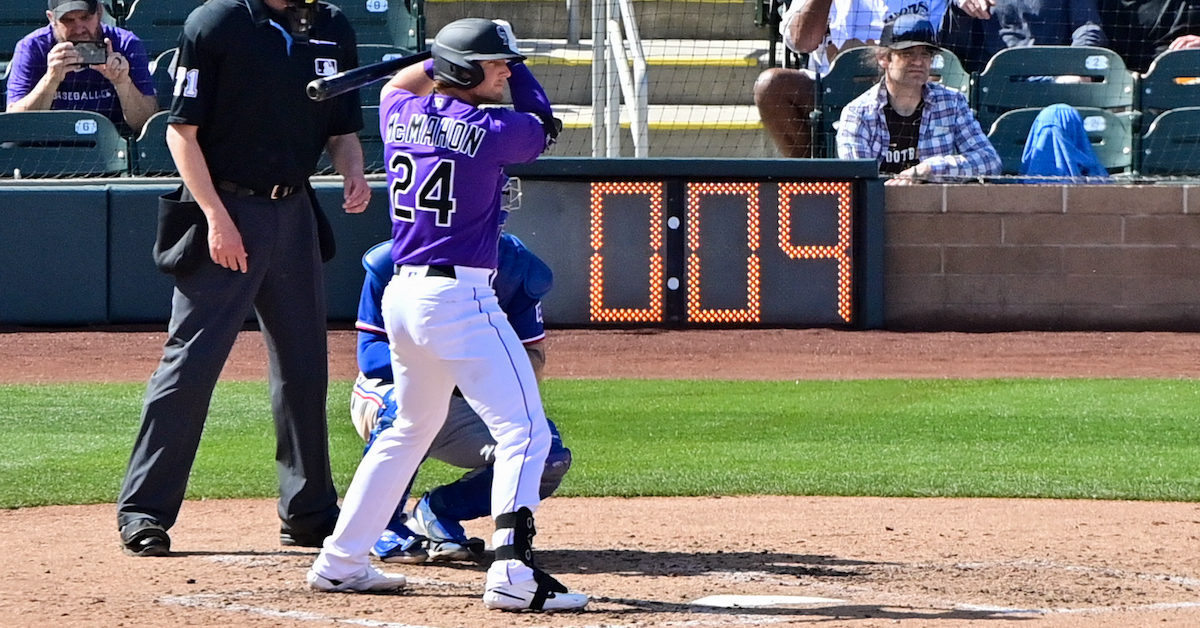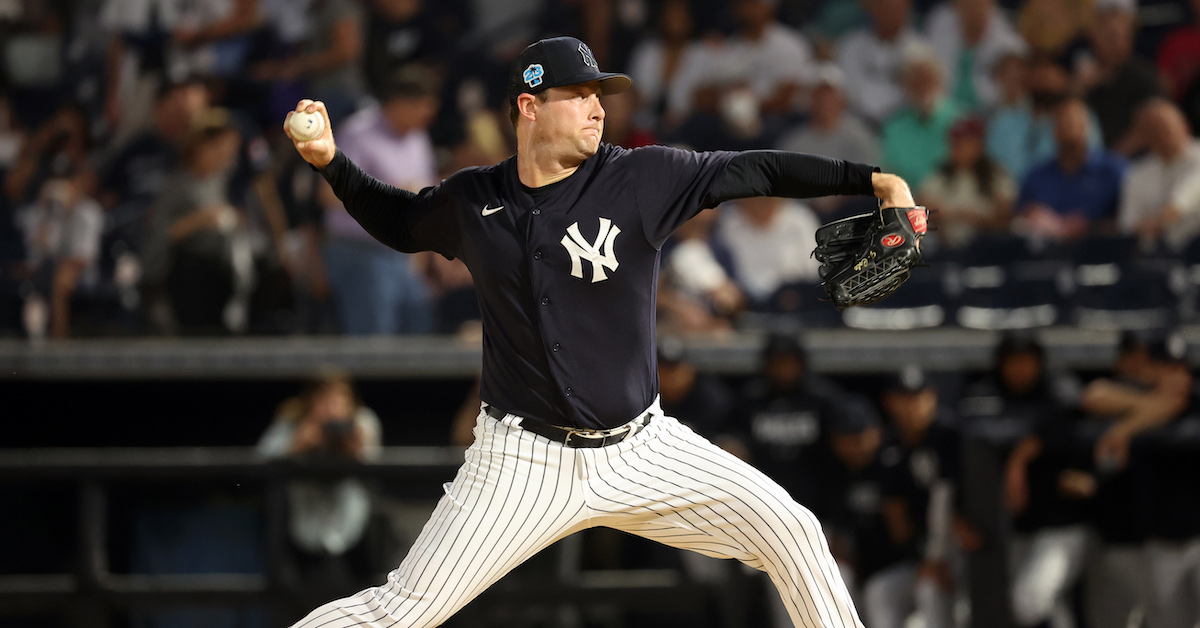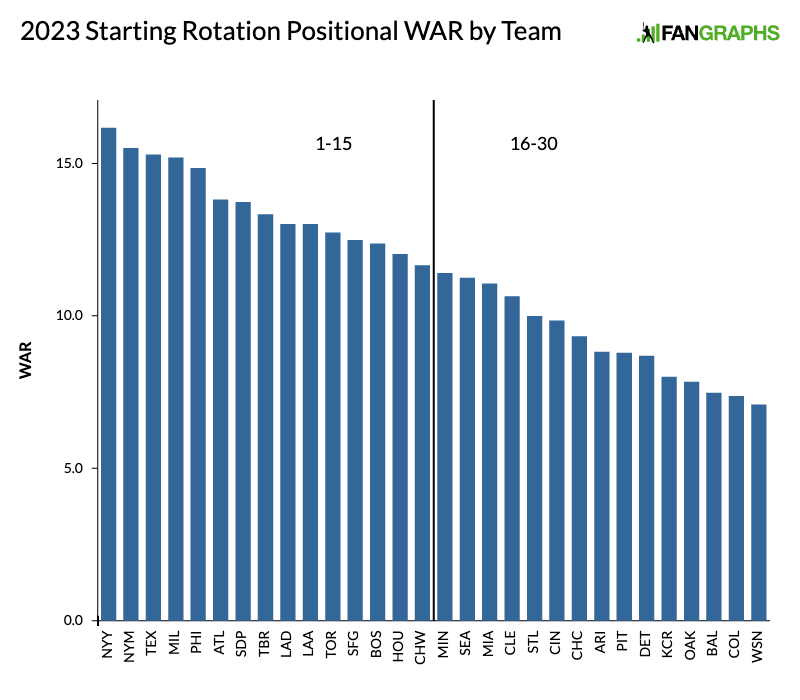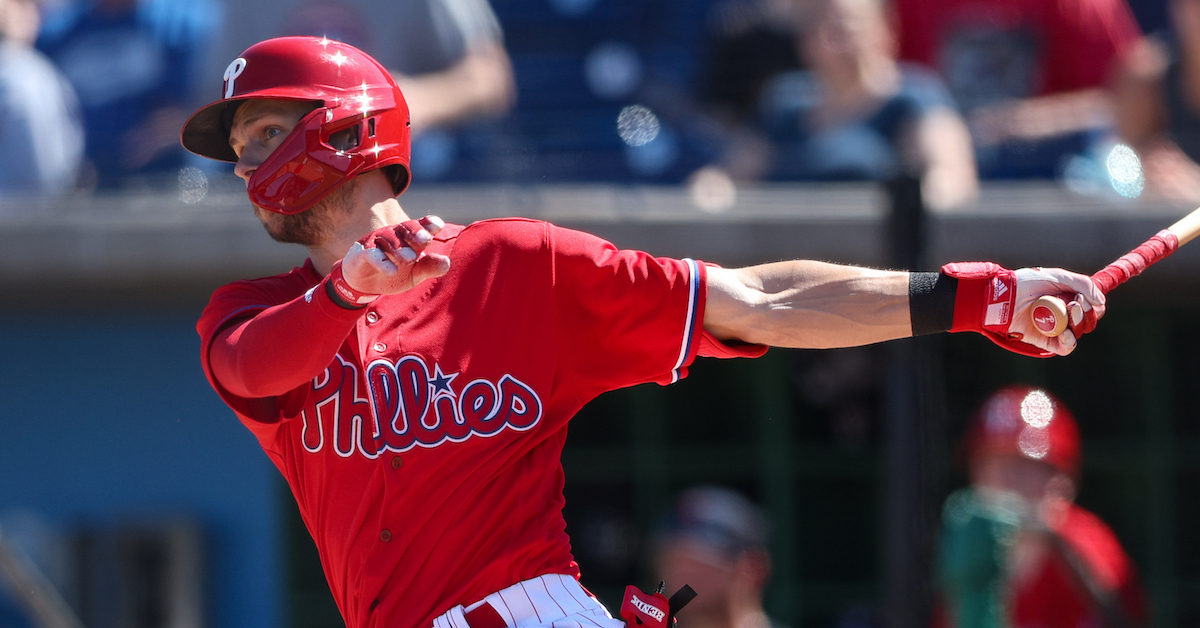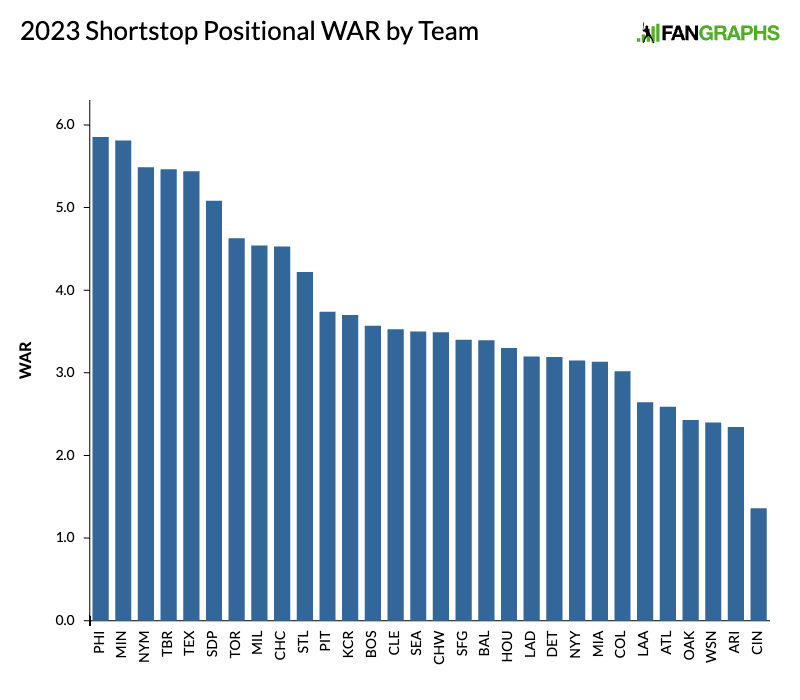Five Things I Liked (and Didn’t Like) This Week

This won’t surprise you if you’re an NBA fan, but I love reading Zach Lowe’s 10 Things column every week. Lowe is a basketball writer for ESPN, and his column is packed with data-driven anecdotes that wouldn’t quite fill a column on their own but are interesting nonetheless. Somehow, it had never quite occurred to me to use that format in baseball, but it feels like a perfect fit.
It had never occurred to me, that is, until I tried to write about the first observation that you’ll see in this piece. I couldn’t turn it into an entire article, but I kept trying because I really wanted to write about it. There just wasn’t enough meat on the bone, but I didn’t want to leave it there. Then I started noticing other little things I wanted to highlight, and a lightbulb went off.
My plan is to start writing up five things that have caught my interest every Friday. There’s a lot of baseball in the world, which means a lot of interesting but bite-sized stories, ones that wouldn’t work on their own but are nonetheless too good to ignore. Without further ado, let’s get to liking (and, occasionally, not liking) things. Read the rest of this entry »




